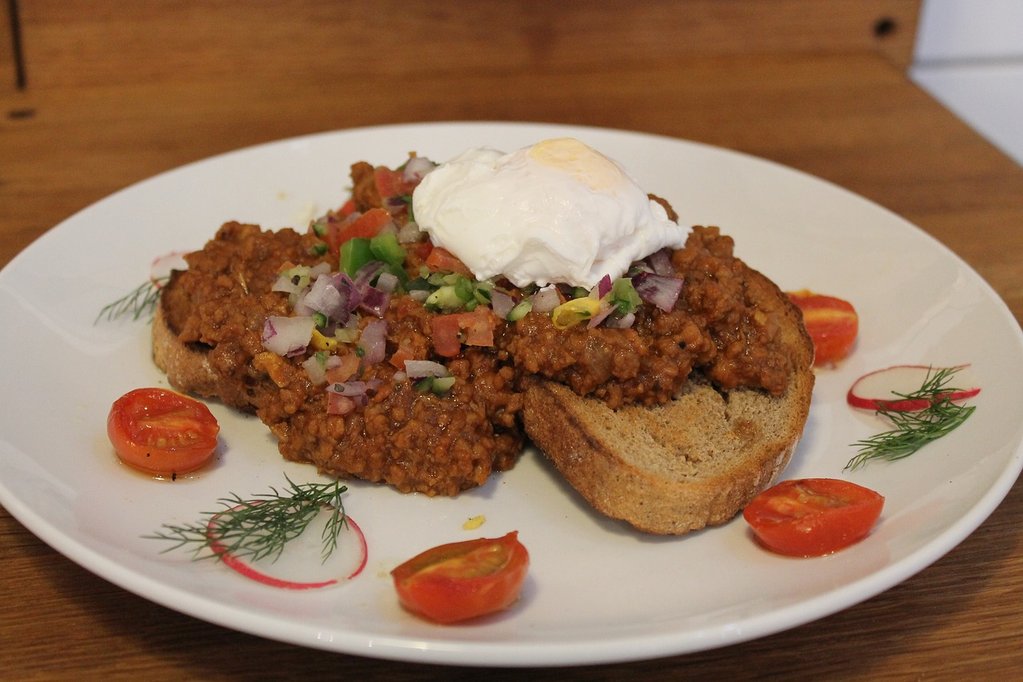ZIMSEC O Level Biology Notes: Chemicals of Life: Proteins
- We have already looked at the properties and importance of proteins here
- Here we will now look at the test for proteins in foods
- Generally the Biuret’s test is used to test whether proteins are present in food
- The Biuret’s reagent is made up by adding sodium hydroxide (or sometimes potassium hydroxide) solution of copper (II) sulphate
- The reagent works by testing for the presence of peptide bonds which as pointed out elsewhere is another characteristic of proteins
Aim
- To test for the presence of protein in various food samples
Materials
- Several foodstuffs to be tested including: meat, egg white, bread, beans, peas, milk, cheese, dairy, sadza etc
- Test tubes
- Test tube racks
- Biurets solution
- Dropper
- Warm/hot water
- Knife
Method
- Cut small pieces of each food taking care to use a clean knife each time to avoid contamination
- Put the each food pieces into its own test tube and add warm/hot water
- Shake the mixture and add Biuret’s solution using a dropper
- Observe colour changes for each food type
Observations

Negative and Positive results for Biuret’s test
- For foods with low/no protein content the Biuret’s solution remains blue this happens with foods like sadza
- For foods with high protein content the Biuret’s solution turns violet (deep purple) this indicates the presence of peptide bonds i.e. proteins this happens with egg white and meat
To access more topics go to the O Level Biology Notes page



